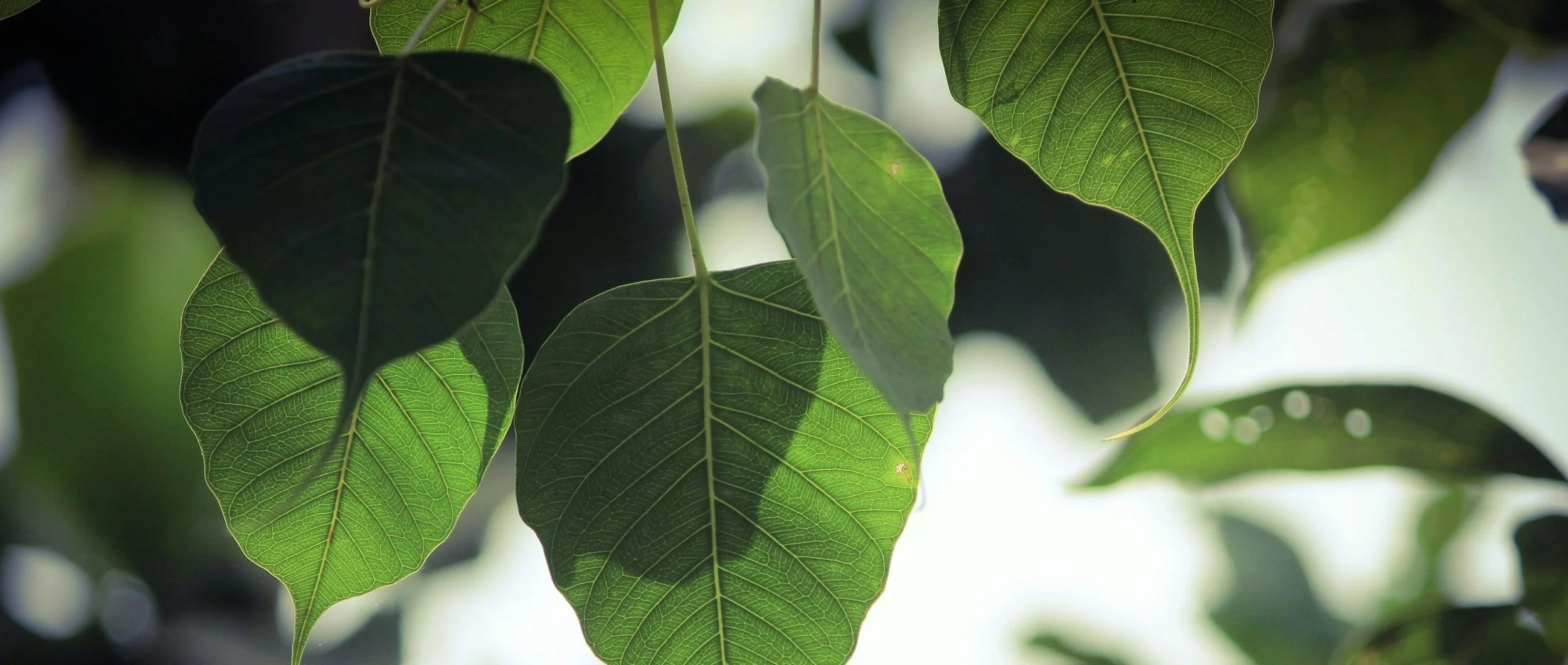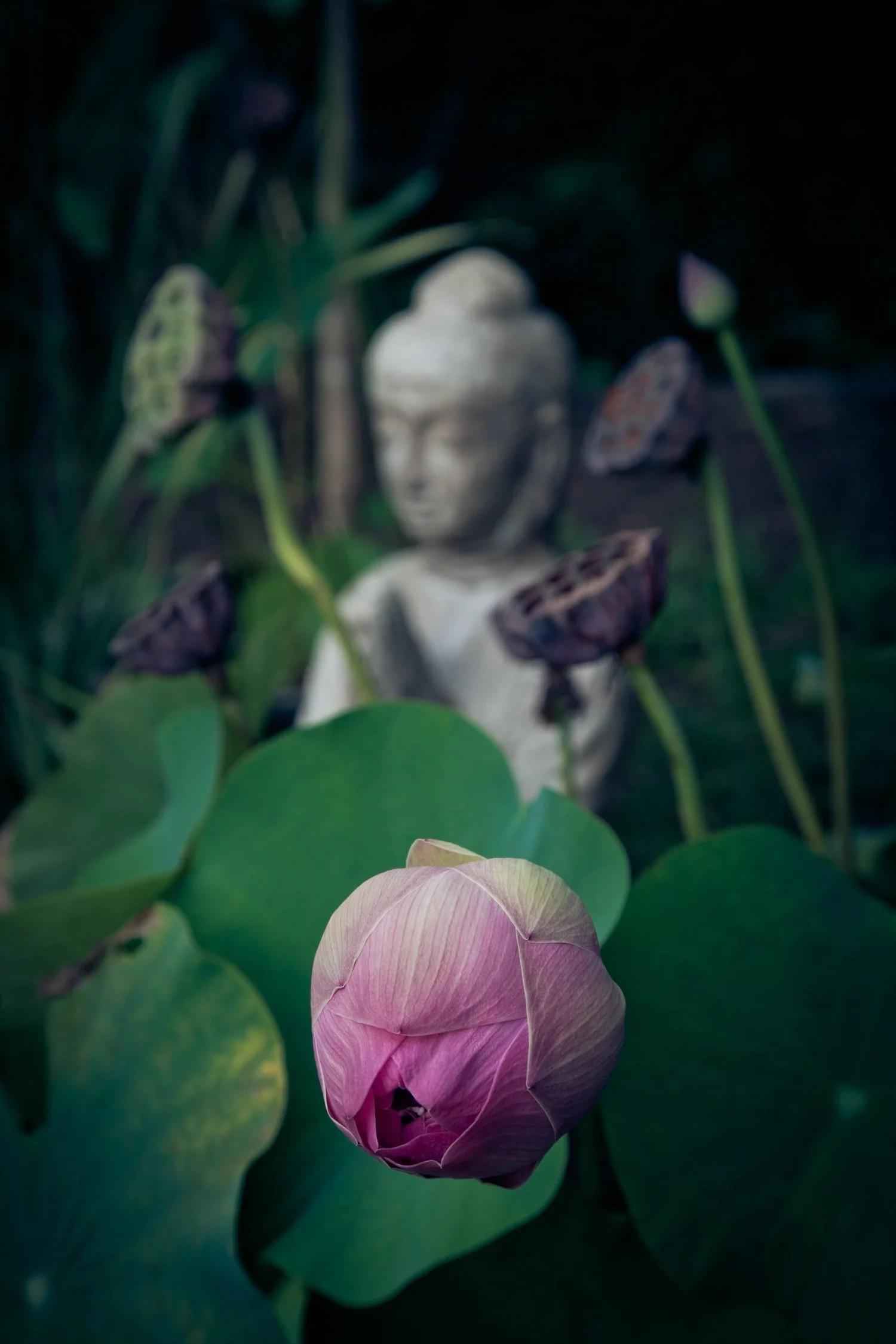
BODHI PROGRAM
The Bodhi Program is a three-year Tibetan Buddhist study program with one-year commitments. Students explore Mahayana teachings including bodhisattva practices, meditation techniques like Tonglen and shamatha, mind training (lojong), and Buddhist philosophy. The curriculum includes weekly classes, a supportive cohort, and individual consultations with qualified teachers, preparing participants for advanced Vajrayana studies.
Applications Open for 2026
Program begins in January 2026
Bodhi Program Information
The format for the Bodhi Program is a three-year program of study with a one-year commitment.
Classes are taught in three month modules which include:
Kick-Off Half Day Retreat
Dharma Deep Dive* class series:
6 weeks of Bodhi curriculum teachings include a 2 hour class each week comprised of a meditation practice and a Bodhi curriculum topic.
Awake in the World* class series:
3 weeks integrating the Mahayana teachings, which include a 2 hour class each week comprised of a meditation practice and Mahayana curriculum topic.
One individual consultation with Lama Döndrup
Additionally, participants are required to attend the Annual Summer Retreat in June. (Please note the Retreat Fees are not included in the Bodhi Program Fees.)
Deadline:
January 5, 2026 at 12 PM Pacific
Fees:
$1800 or $600 per module (Spring, Fall, Winter)
Application Process:
To join the program, interested participants will first complete an application form and may be asked to have an interview with a Sukhasiddhi lama.
*Those accepted into the Bodhi program will automatically be enrolled into the Dharma Deep Dive Course 2 and Awake in the World Course 2 as part of their training program. No need to apply separately.For those interested in joining the Bodhi Program, it is recommended that, in preparation, you participate in the ongoing Dharma Training Program until applications are being accepted for the Bodhi Program.
If you have questions, please email info@sukhasiddhi.org.
CURRICULUM
Primary Study Topics:
-
The bodhisattva vow is the basis of the Mahayana Path. In taking and maintaining the Bodhisattva vow we acknowledge our inseparability with all beings. We extend our loving kindness, compassion and efforts on their behalf as well as our own. We vow to fully awaken in order to liberate all sentient beings. Shantideva said that our bodhisattva vow is constantly being compromised by our habitual patterns of self-centeredness and delusion. As aspiring bodhisattvas, we continually open our hearts to ourselves and others, train our mind through meditation, and engage in actions that benefit others.
-
Description coming soon.
-
Description coming soon.
-
Description coming soon.
-
37 Practices of a Bodhisattva is a core text of the bodhisattva path written by Gyalse Tokme Zangpo in 14th Century Tibet.
These are 37 different statements/practices that help us to understand the extent of the bodhisattva path and to focus and engage our bodhisattva conduct
-
Description coming soon.
-
The Two Truths teaching makes it possible for us to recognize and experience the freedom that arises when we are not subject to being tossed about each wave of life experience. This teaching distinguishes between conventional/relative truth, the way things appear to be, and the genuine/ultimate truth, the way things truly are. An understanding of the simultaneity of the Two Truths allows us to fully embrace, engage with and experience this human life with all its joys and sorrows while simultaneously recognizing it all to be the illusory play of awakened mind, wisdom and compassion.
-
Description coming soon.
Secondary Study Topics:
-
Description coming soon.
-
Description coming soon.
-
Description coming soon.
Practices:
-
Description coming soon.
-
Description coming soon.
-
Description coming soon.
-
Description coming soon.
-
Description coming soon.
PROGRAM BENEFITS
Participation in an in-depth program such as this includes commitment of time, financial resources, and most importantly, one’s dedication to practice and awakening. Although the commitment is considerable, the benefit to one’s growth and awakening is immeasurable. This program offers its participants:
Opportunity to take the Bodhisattva Vow
Instruction, guidance, and support in exploring the Mahayana Teachings
In-depth study of Mahayana teachings through a structured curriculum
Study and practice with a supportive cohort
Instruction and mentoring from a qualified teacher – Students practice at their own pace in regular consultation with their teacher. The practices are individualized through regular contact with the teacher.
A well-established daily meditation practice
A well-developed bodhicitta-infused foundation that will open the door to and allow participants successfully participate in the Vajrayana Program or Mahamudra Program.
We invite you to join this unique opportunity to study Tibetan Buddhism in depth!
MEET THE TEACHER
Lama Döndrup oversees the curriculum and offerings at Sukhasiddhi, in collaboration with the lamas and dharma leaders on the teachers council.
Lama Döndrup has been practicing and studying in the Buddhist tradition since the mid-1990’s. After five years of Theravadin Buddhist training, she immersed herself in the teachings and practices of the Shangpa and Kagyu Vajrayana lineages. In 2005, she completed a traditional three-year retreat under the guidance of Lama Palden and Lama Drupgyu with the blessing of her root guru, Bokar Rinpoche and was authorized as a lama. Upon her return to Marin County, she began teaching at Sukhasiddhi Foundation. In January 2020, as Lama Palden’s successor, she stepped into the role of Resident Lama, guiding the Center’s ministerial work.
Lama Döndrup’s teaching style is thorough and clear yet with light touch as she supports the natural unfolding of each student’s innate wisdom and compassion. She aims to preserve the authenticity of the tradition while making the teachings and practices relevant and accessible to the lives of 21st century Westerners.
In addition to her Buddhist practice, Lama Döndrup trained the Ridhwan School’s Diamond Approach for seven years and has a Master of Fine Arts degree in piano performance. She is an active classical pianist and teacher in the San Francisco Bay Area.



